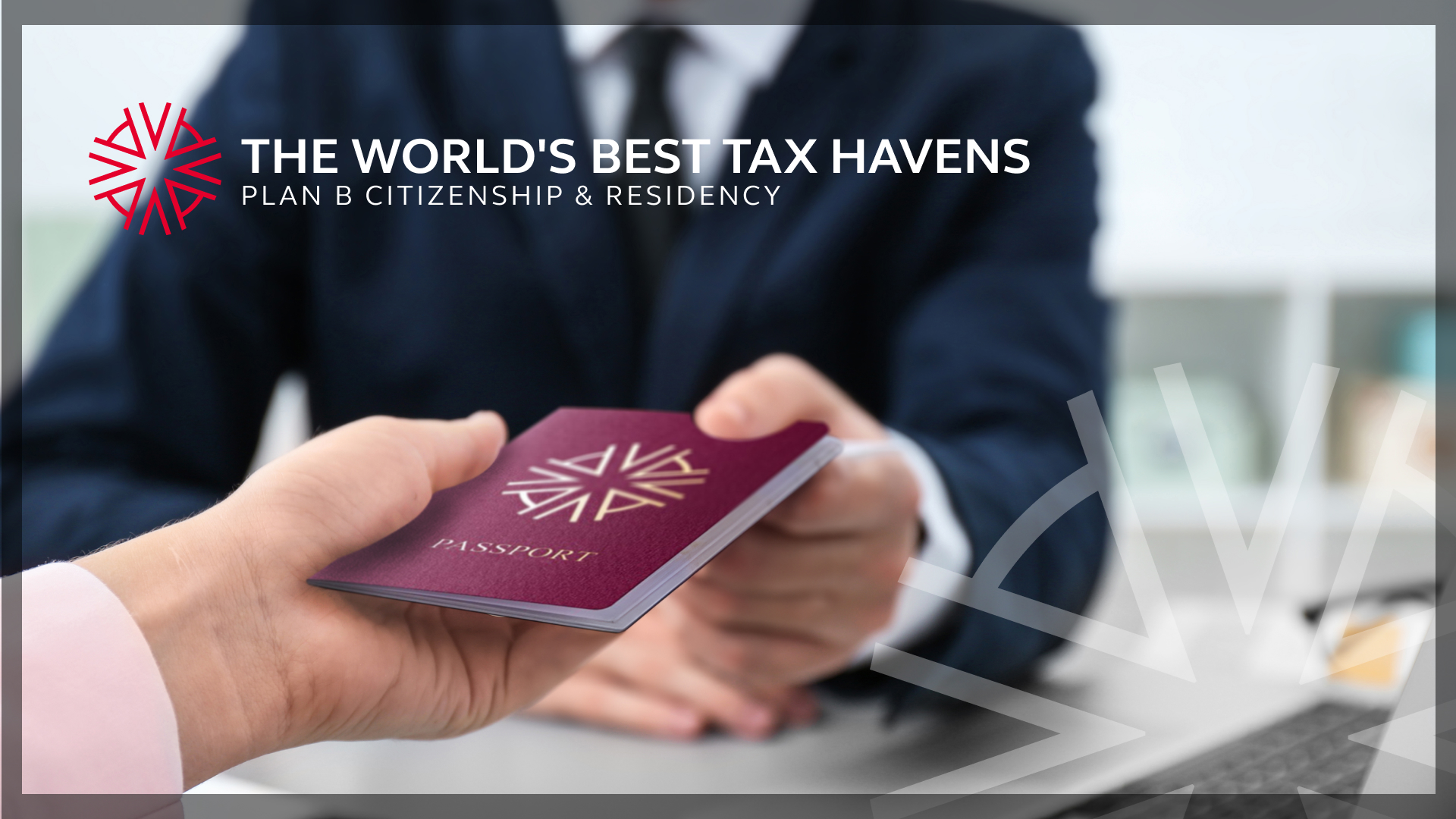London homeowners have seen the value of their property climb by +£34,526 on average since the end of 2019, according to research from, Astons, the international experts on real estate, residency and citizenship through investment.
Astons analysed property price growth across the capital’s postcodes since December 2019 and found that many parts of the capital have enjoyed strong growth, with 52% of postcodes seeing an increase, despite Covid causing an apparent exodus of homebuyers to greener pastures.
While the average property price across all London postcodes has climbed by +£34,526, pockets of the capital have seen far more impressive growth.
The highest increase has been in the prestigious W1 postcode where house prices have increased by nearly half a million pounds since December 2019 (+£495,756), despite many prophesizing the end of the central London market.
The Barnes postcode of SW13 has also seen a notable uplift in the average property price, with homes there now worth +£207,971 more than they were prior to the pandemic.
The neighbouring postcodes of SE21 (+£119,354) and SE27 (+£110,751) have also seen some of the largest increases, along with SE7 (+119,854).
NW11 (+£107,409) in Golders Green and the E11 postcode (+£104,504) covering parts of Leytonstone and Wanstead have also seen the average property value increase by more than £100,000 despite the threat of Covid.
The SW7, RM4 and N12 postcodes also make the list of London postcodes to have seen the largest increases in value during the pandemic.
Managing Director of Astons, Arthur Sarkisian, commented:
“London has been hit harder than most where a Covid decline in buyer interest is concerned, largely due to the need for a quick commute dwindling in importance amongst homebuyers.
However, the London market is far from on its knees and although there is almost a fifty-fifty split between postcodes where pandemic price changes are concerned, those areas that have seen an uplift have performed very strongly indeed.
While many domestic buyers have been romanticizing about dreams of moving to the countryside, London has remained very attractive to foreign buyers, in particular. This demand has been largely driven by the desire to complete before an increase in stamp duty on foreign purchases come April. As a result, some areas of the London market have seen sharp uplifts in property values despite the continued threat of Covid and the resulting lockdown restrictions.”
Source: Fintech Zoom












